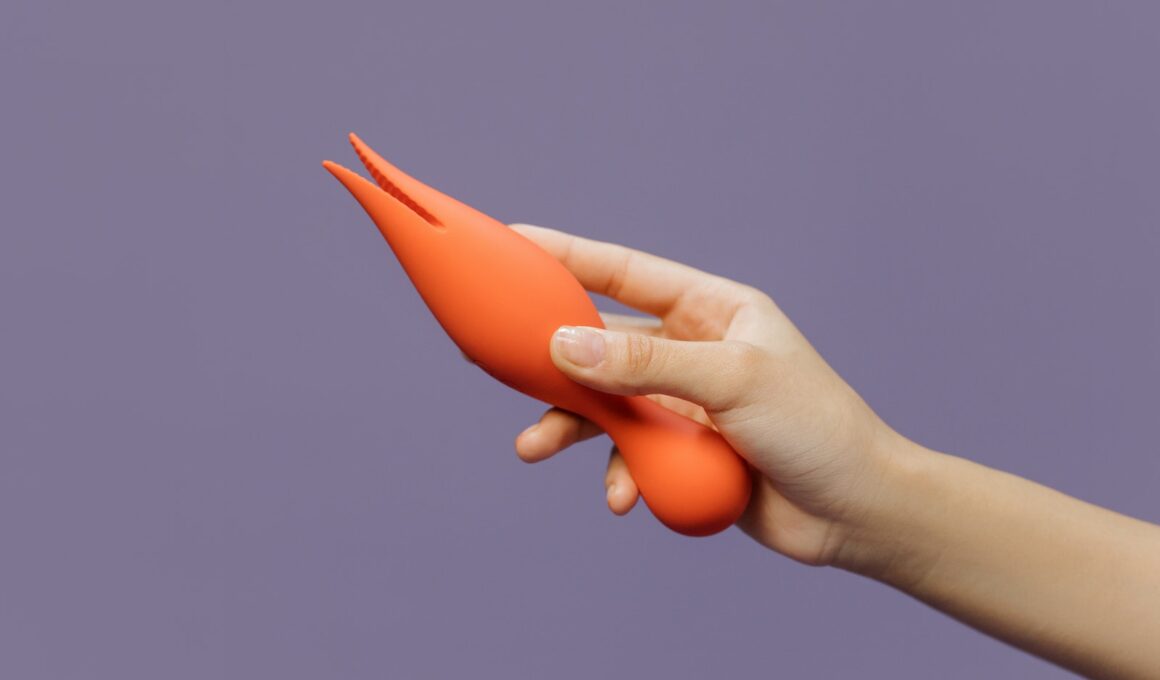Vibrators can be a great tool to help you orgasm. They are simple, discreet and safe to use with any partner.
Most vibrators are turned on by pressing a button. There may also be a travel lock feature that needs to be disengaged before the toy is used.
Cleaning your vibrator is important to reduce the risk of infection or STI transmission. Cleaning nonporous toys is easy enough using soap and water.
Press the power button
Vibrators are great tools for increasing intimacy, adding excitement to your foreplay or sexual pleasure during sex. They’re also fun to use with a partner and can enhance couple play. However, vibrators can sometimes stop working, causing frustration and disappointment. Fortunately, there are ways to fix your vibrator and get it back to working smoothly.
One common problem is that the vibrator’s internal motor has burned out. This can be very frustrating, especially when you’re in the middle of a sensual session. Another possibility is that the batteries have run out of power. If this is the case, you should replace the batteries as soon as possible.
A vibrator is a small electric toy that uses internal motors to create buzzing, humming, thrumming, and throbbing sensations. These vibrations are designed to mimic the stimulation that is generated by a person’s tongue, mouth, or penis, and can be used for various purposes, including foreplay, sexual pleasure, or as a sexual tool during sex.
Most vibrators are battery-operated and can be turned on by pressing a button. Some models include a remote control for additional control options and are available in different sizes to fit the user’s needs. If you’re having trouble turning your vibrator on, read the manufacturer’s manual for troubleshooting tips and advice. It may be something as simple as ensuring the batteries are inserted properly or that a travel lock is not engaged.
Press the minus button
Vibrators are sex toys that use internal motors to produce buzzing, thrumming, throbbing and other sensations that can’t be produced by your tongue, mouth or penis. They’re perfect for couples play or for the foreplay before sex. They can also be used during sex to enhance pleasure and even increase the intensity of foreplay.
Whether you’re using your vibrator with or without a partner, it’s important to understand how to turn off the unit and keep it clean for safe use. Most vibrators will have a power button, plus and minus buttons, and a dial to select different settings and modes. To turn the unit off, long press the power or minus button for 3-5 seconds.
If your vibrator doesn’t turn on, it may be because the batteries are the wrong type or inserted incorrectly. It’s best to read the instructions and make sure the batteries are in correctly. If they’re not, try a fresh set and check the direction they are facing. For example, if two AA or AAA batteries sit side by side they should be alternating directions – one flat end up (negative) and one stud end up (positive).
If you’re still having problems with your vibrator, try reading the manual again. It could be a simple problem, like the vibrator might have a travel lock engaged that needs to be disengaged.
Remove the batteries
Getting in the mood to pleasure yourself with your vibrator, only to find out it isn’t working, can be pretty frustrating. Luckily, your toy may not be beyond repair! First, check the manual to make sure the batteries are inserted correctly. If they are inserted incorrectly, the toy’s travel lock could be activated and prevent it from turning on.
Another common reason your vibe might stop working is because the motor is clogged with lube or other debris. You can try running it under hot water or cleaning it with a swab dipped in alcohol. If this doesn’t work, you may need to take the toy apart, which may require cutting it open depending on the model you have.
Many smaller sex toys, including bullet vibrators, use little watch-style batteries to power them. These can have a piece of protective paper between the connection point and the batteries to prevent moisture from getting into the battery compartment. If this is the case with yours, remove the battery-protective paper.
Alternatively, you can put the battery compartment (not the entire product) in the freezer for a few hours. This will reduce any swelling caused by heat around the batteries and make it easier to remove them. Whether you’re using rechargeable or alkaline batteries, be sure to recycle them. Batteries in landfills contaminate our environment and water supply, so it’s important to get rid of them responsibly.
Remove the protective paper
If your vibrator is not working, you may need to look for a solution. Luckily, there are many ways to fix your sex toy and get it up and running again. Many of these solutions are easy to do and don’t require expensive repair work.
First, you should try reading the manual. It might have a guide for troubleshooting that is specific to your model. This can be helpful if you’ve inserted the batteries incorrectly or there is some other kind of setting that prevents your device from working.
It’s also possible that the battery is dead. This is not a common problem, but it can happen. If this is the case, you should remove the batteries and replace them. It’s important to use fresh batteries, as these will provide more power and last longer than older ones.
Some smaller sex toys, such as bullet vibrators, use small watch-style batteries. These often have a piece of protective paper between the battery and the connection point to prevent them from wearing out before you buy them. If the paper is still there, it could be preventing your toy from working.
Another possibility is that your sex toy is clogged. This can be caused by lube, body fluids, or hair. Try removing the batteries and running it under warm water to clean it.









